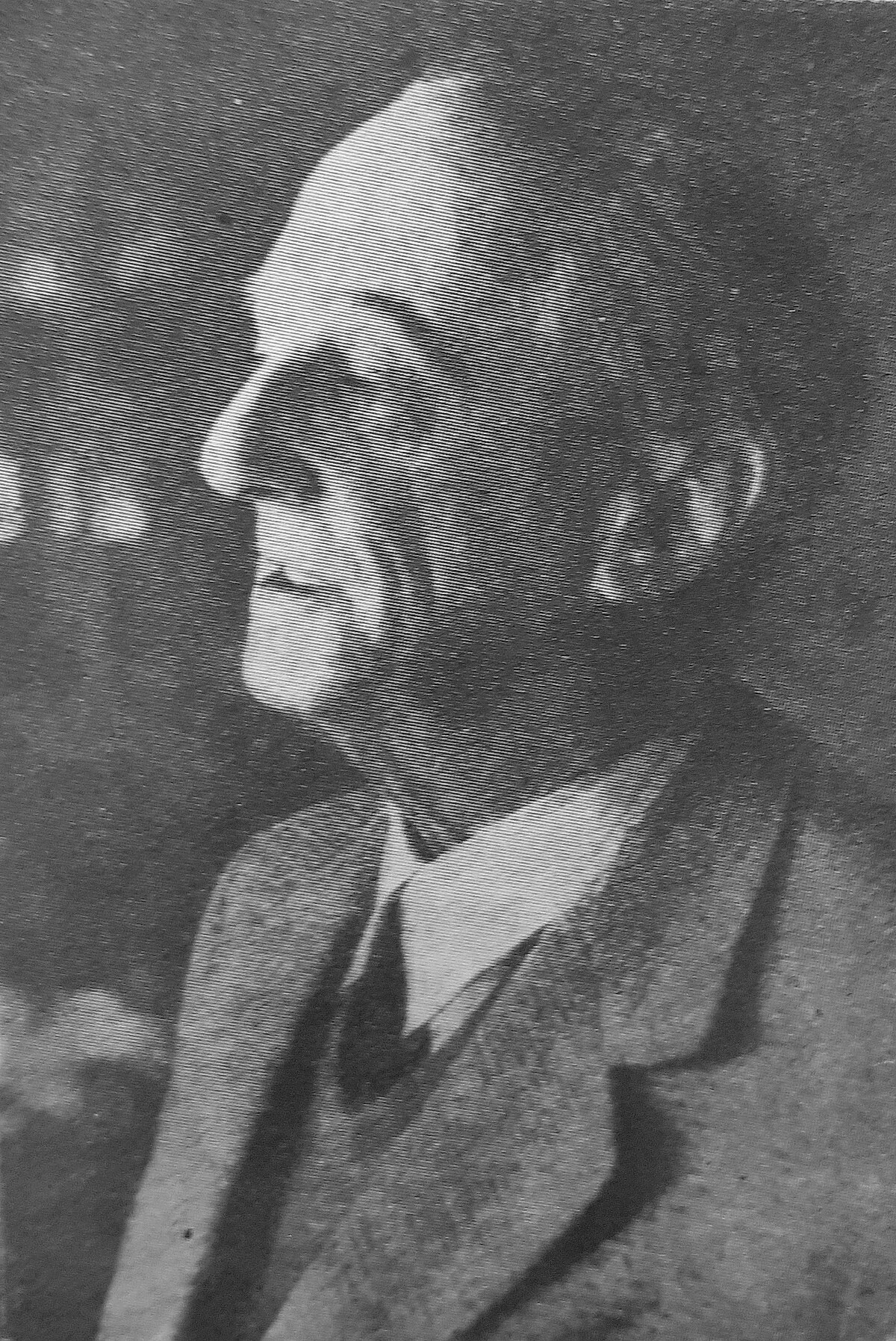 1.
1. Hugo Dyonizy Steinhaus was a Polish mathematician and educator.

 1.
1. Hugo Dyonizy Steinhaus was a Polish mathematician and educator.
Author of around 170 scientific articles and books, Hugo Steinhaus has left his legacy and contribution in many branches of mathematics, such as functional analysis, geometry, mathematical logic, and trigonometry.
Hugo Steinhaus's family wanted him to become an engineer but he was drawn to abstract mathematics and began to study the works of famous contemporary mathematicians on his own.
Hugo Steinhaus considered escaping to Hungary but ultimately decided to remain in Lwow.
The Soviets reorganized the university to give it a more Ukrainian character, but they did appoint Stefan Banach as the dean of the mathematics department and Hugo Steinhaus resumed teaching there.
Also while in hiding, and cut off from reliable news on the course of the war, Hugo Steinhaus devised a statistical means of estimating for himself the German casualties at the front based on sporadic obituaries published in the local press.
Later, in the 1960s, Hugo Steinhaus served as a visiting professor at the University of Notre Dame and the University of Sussex.
Unlike his student, Stefan Banach, who tended to specialize narrowly in the field of functional analysis, Hugo Steinhaus made contributions to a wide range of mathematical sub-disciplines, including geometry, probability theory, functional analysis, theory of trigonometric and Fourier series as well as mathematical logic.
Hugo Steinhaus wrote in the area of applied mathematics and enthusiastically collaborated with engineers, geologists, economists, physicians, biologists and, in Kac's words, "even lawyers".
Hugo Steinhaus was an early contributor to, and co-founder of, probability theory, which at the time was in its infancy and not even considered an actual part of mathematics.
Hugo Steinhaus provided the first axiomatic measure-theoretic description of coin-tossing, which was to influence the full axiomatization of probability by the Russian mathematician Andrey Kolmogorov a decade later.
Hugo Steinhaus was the first to offer precise definitions of what it means for two events to be "independent", as well as for what it means for a random variable to be "uniformly distributed".
Hugo Steinhaus' work has initiated the modern research of the fair cake-cutting problem.
Hugo Steinhaus was the first person to conjecture the ham-sandwich theorem, and one of the first to propose the method of k-means clustering.
Hugo Steinhaus is said to have "discovered" the Polish mathematician Stefan Banach in 1916, after he overheard someone utter the words "Lebesgue integral" while in a Krakow park.
Together with Banach and the other participant of the park discussion, Otto Nikodym, Hugo Steinhaus started the Mathematical Society of Krakow, which later evolved into the Polish Mathematical Society.
Hugo Steinhaus published one of the first articles in Fundamenta Mathematicae, in 1921.
Hugo Steinhaus co-founded Studia Mathematica along with Stefan Banach, and Zastosowania matematyki, Colloquium Mathematicum, and Monografie Matematyczne.
Hugo Steinhaus had full command of several foreign languages and was known for his aphorisms, to the point that a booklet of his most famous ones in Polish, French and Latin has been published posthumously.
Hugo Steinhaus was a man of great culture and in the best sense of the word a product of Western civilization.